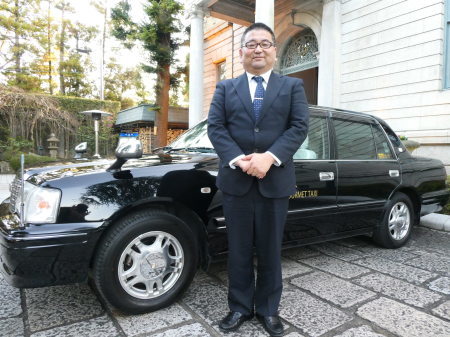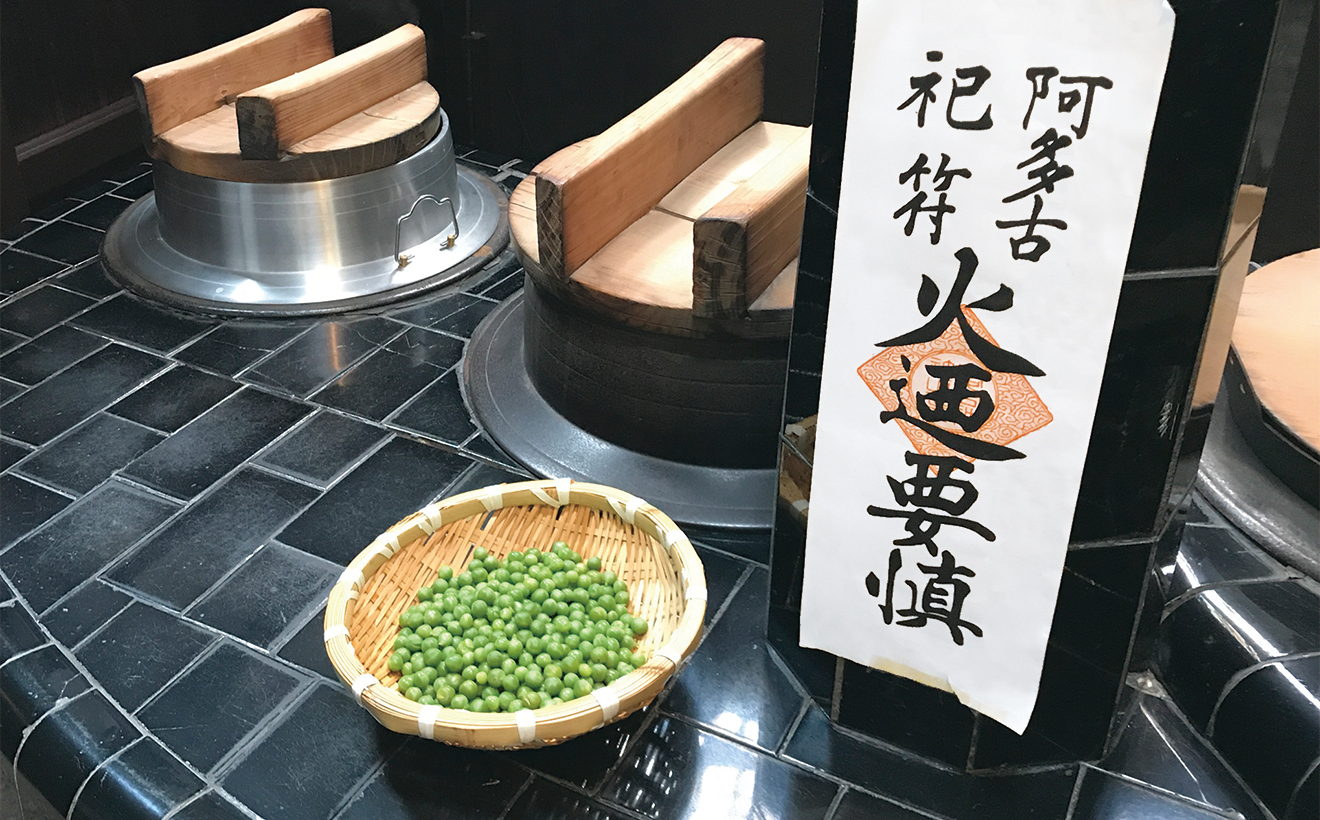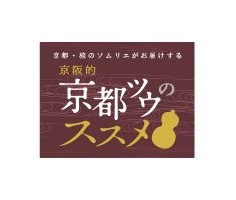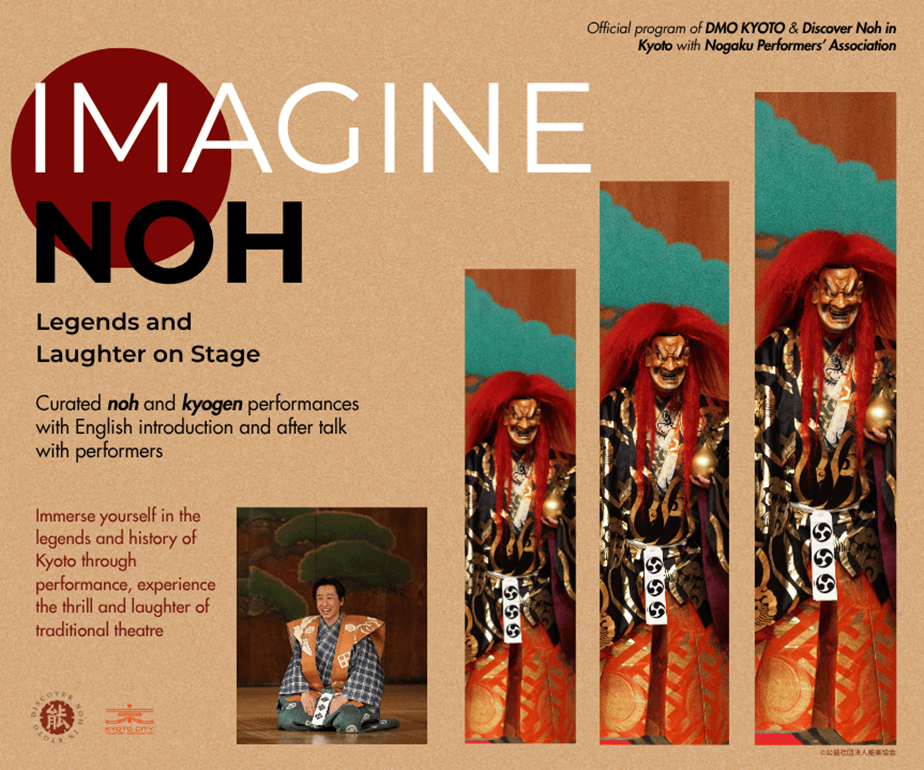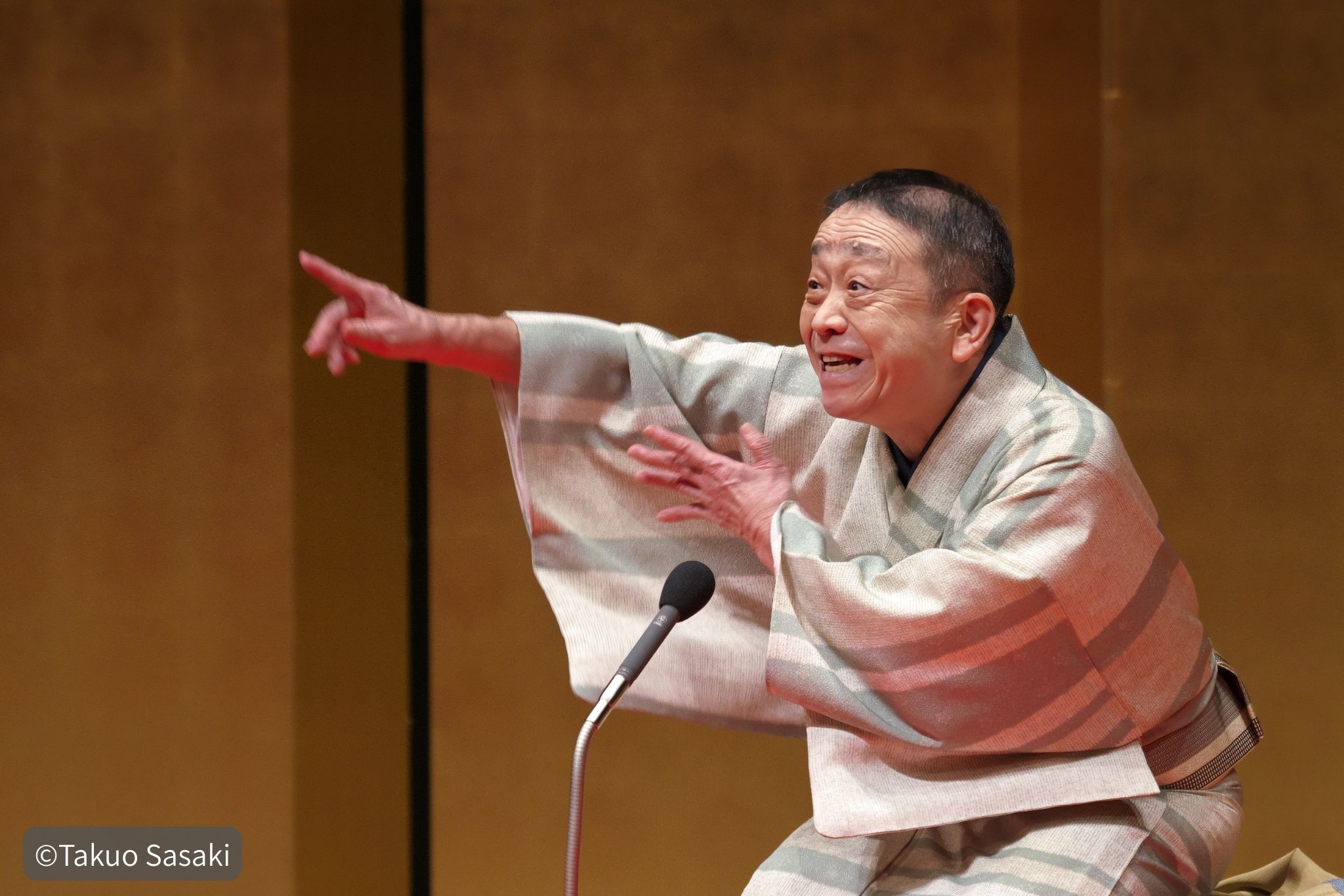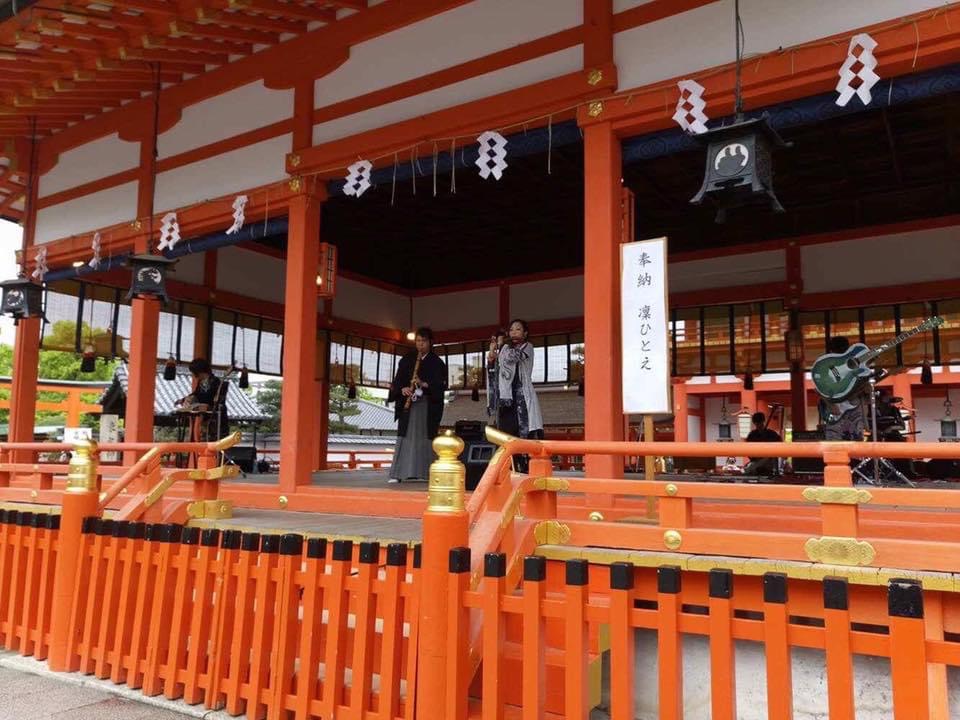
장인정신이 깃든 도시, 교토에서 디자인하다
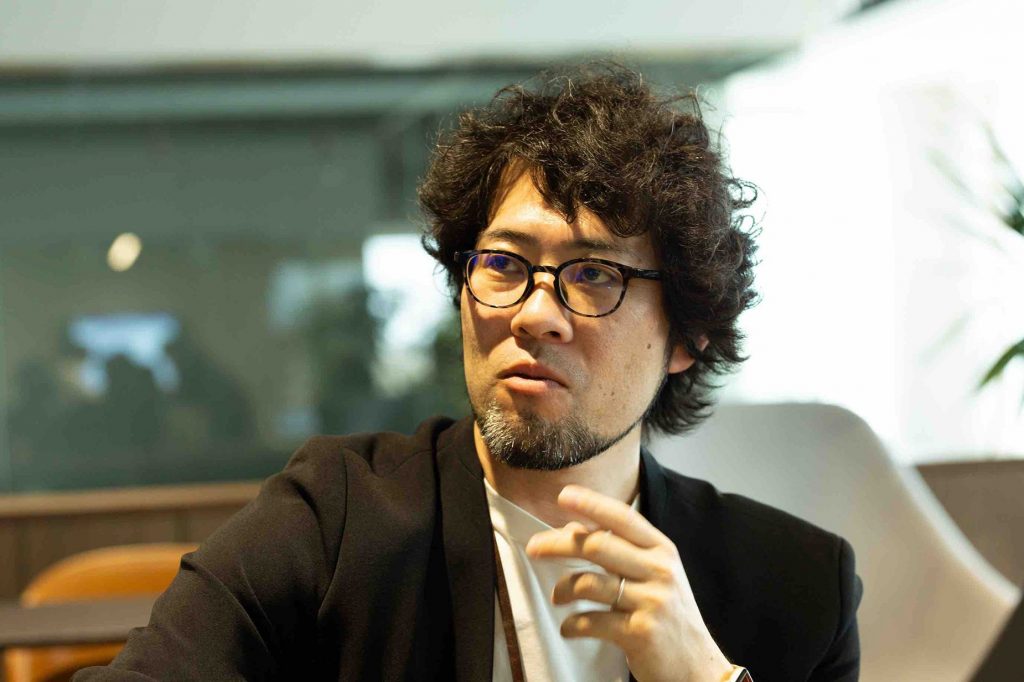
히토시 나카가와, 가전회사 디자인센터 엔터테인먼트 디자인부
교토 시내가 내려다보이는 8층에 위치한 파나소닉 디자인 교토의 회의 공간 "HUB"는 세련된 카페나 호텔 로비로 착각하기 쉽습니다. 가전 회사 디자인 센터 엔터테인먼트 디자인 부서의 히토시 나카가와 씨가 친절한 미소로 저희를 맞이해 주었습니다. 나카가와는 회사의 중견 디자이너 중 한 명으로, 주로 오디오 시스템 개발 및 디자인에 참여하고 있습니다. 저는 교토를 디자인 거점으로 선택한 이유를 물었습니다.
교토는 오랜 역사를 자랑하며 다채로운 전통 문화를 탄생시켜 왔습니다. 그래서 우리는 교토를 일본의 '문화 수도'라고 생각합니다. 특히 전통 분야의 인력 규모는 교토에 필적할 만한 곳이 없습니다. 또한, 교토는 대학이 많아 학술적인 분위기가 강하고 산학 연구 개발 프로젝트도 활발하게 진행됩니다. 교토의 세계적인 명성은 해외 디자이너들에게 '교토는 일할 가치가 있는 도시'라는 인식을 심어주고 있습니다. 교토의 세계적인 인지도가 디자인을 중심으로 한 활동을 가능하게 한다고 생각합니다.
교토에 디자인 센터를 두고 가전제품 디자인을 전체적인 관점에서 재편하고, 수평적 협력을 강화하여 단순히 제품을 디자인하는 데 그치지 않고 새로운 '경험적 가치'를 창출하는 디자인팀으로 거듭나고자 노력하고 있습니다.

중앙에는 소파와 테이블이 편안하게 배치되어 있고, 회의와 개인 작업 공간을 위한 부스가 무작위로 배치되어 있으며, 다양한 관엽식물이 HUB를 편안하고 통풍이 잘 되는 공간으로 만들어줍니다.
우리의 미래 라이프스타일을 향상시킬 새로운 제품을 만들어냅니다
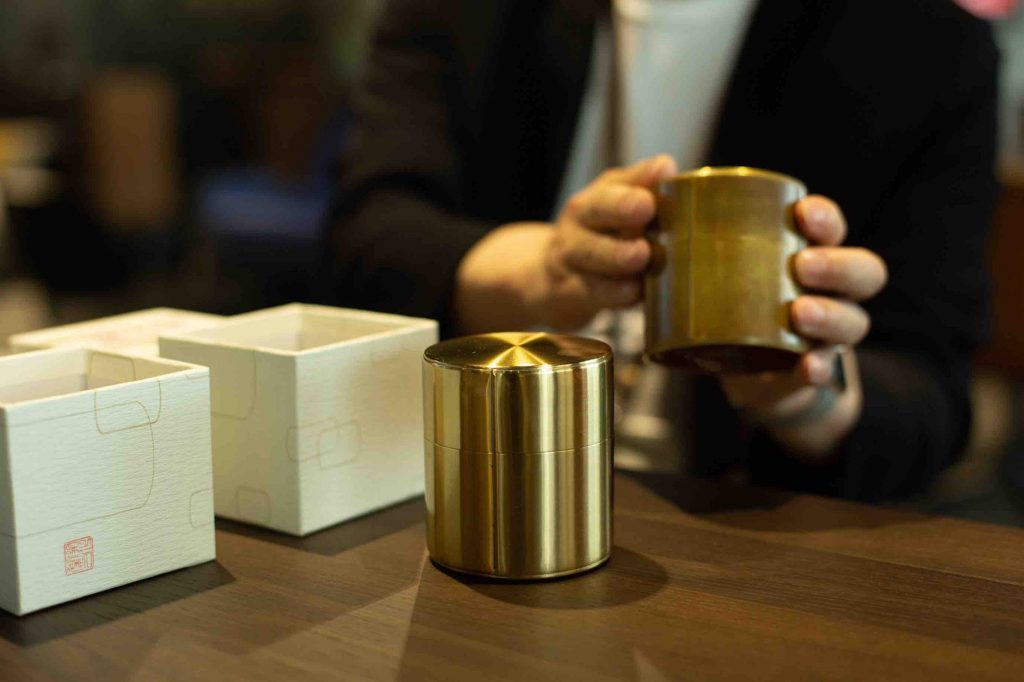
황동 카이카도 차통처럼 보이지만, 안에는 놀라운 것이 들어 있습니다.
인터뷰 테이블 위에는 교토의 유서 깊은 차통 전문점인 카이카도(KAIKADO)의 차통 두 개가 놓여 있었습니다. 뚜껑이 우아하게 미끄러지듯 닫히는 방식에서 드러나는 뛰어난 기능성과 교토 장인 정신의 정수를 표현하는 아름다운 디자인으로 세계적인 찬사를 받았습니다. 차통 하나는 오랜 세월 사용으로 은은한 광택이 남았고, 다른 하나는 새것처럼 눈부시게 빛났습니다.
나카가와는 새 제품을 손에 들고 살며시 뚜껑을 열었다. 그러자 깜짝 놀랐다. 차통에서 음악 소리가 흘러나왔다. 정말 차통에서 나오는 음악일까? 이게 정말 차통일까? 아니면 스피커일까? 물론, 차통에 스피커가 있는 건 처음 봤다. 보고, 듣고, 느끼는 첫 경험은 너무나 놀라워서 할 말을 잃었다. 게다가 이 완전히 새로운 제품은 일본 감성이라는 묘하게 향수를 불러일으키는 매력을 지니고 있었다. 도대체 이런 물건이 어떻게 탄생했을까?
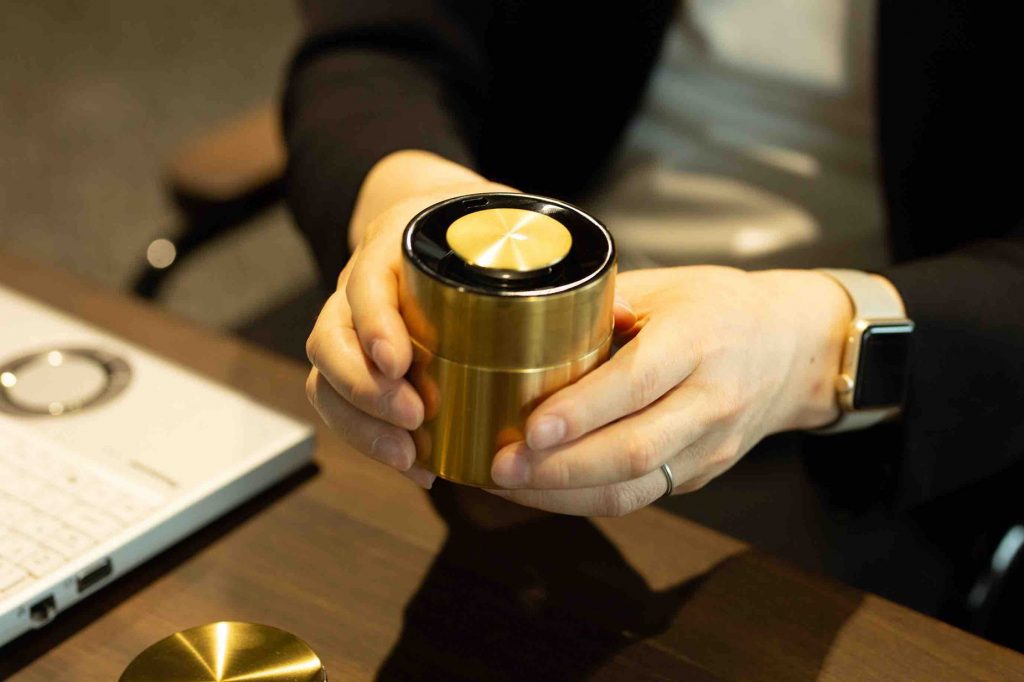
내부에 스피커가 내장되어 있어요!
쿄-즈츠(Kyo-Zutsu)라는 이름의 이 오디오 스피커는 파나소닉의 교토 카덴 랩 프로젝트(KADEN Lab. Project)의 새로운 시리즈 중 첫 번째 제품 중 하나였습니다. "미래의 '웰빙'에 대한 새로운 정의를 구상하며" 디자인된 제품이었습니다.
파나소닉 디자인 교토가 개관하기 3년 전인 2015년 11월, 교토 카덴 랩 프로젝트(Kaden Lab. Project)는 교토의 전통 산업과 협력하여 장인정신과 일본 감성의 근원을 탐구하는 공동 제작 프로젝트로 시작되었습니다. 이 프로젝트 시리즈의 첫 번째 프로젝트로, 교토 전통 공예의 계승자들이 공동으로 작업한 GO ON의 6명의 구성원과 나카가와를 비롯한 파나소닉 디자인의 디자이너들이 가전제품과 공예의 미래를 탐구하는 연구 개발에 함께 참여했습니다.
한 쪽에는 대대로 전승된 장인 기술과 감성으로 실용적이고 아름다운 디자인의 생활용품을 만드는 전문가들이 있습니다. 다른 한 쪽에는 가전제품의 연구 개발 및 생산을 통해 더욱 편리하고 편안한 라이프스타일을 제공하는 전문가들이 있습니다. 이 프로젝트는 수공예와 대량 생산, 개인(개별 매장)과 기업 디자이너라는 상반된 배경을 가진 두 그룹이 일상생활 속 도구와 물건을 통해 더욱 풍요롭고 더 나은 라이프스타일을 추구하며 함께하는 프로젝트였습니다.
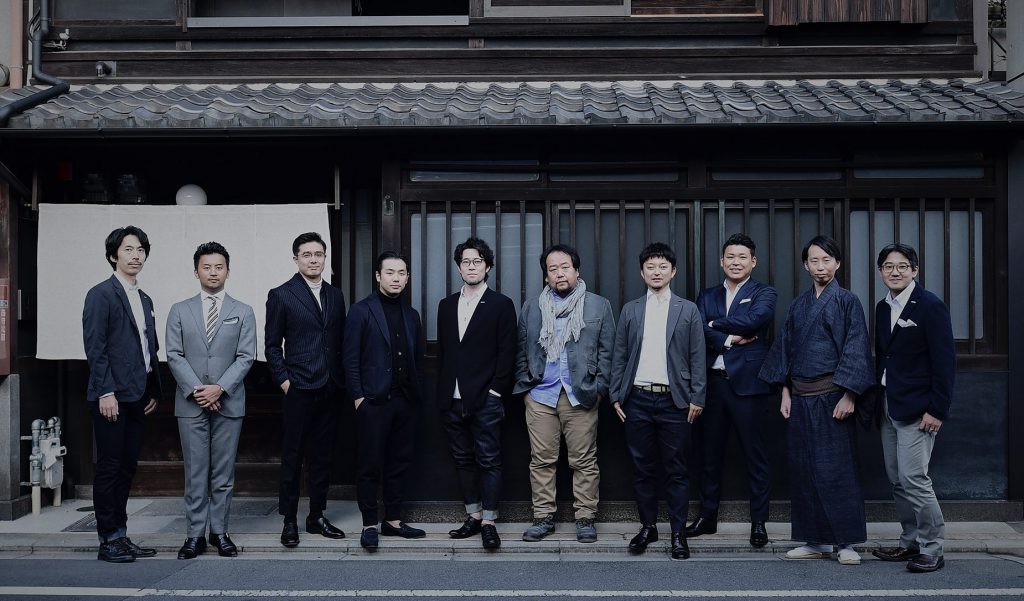
GO ON은 니시진 비단, 도자기, 죽세공, 오케 나무통, 금속 뜨개질 등 전통 공예 분야의 젊은 오너와 기존 기업의 후계자들이 함께 만들어낸 공동 프로젝트입니다. 파나소닉 디자이너들은 진공청소기, 조리기기, 오디오 시스템, 에어컨 등의 제품을 디자인하는 제품 디자이너 그룹입니다. (사진 제공: 파나소닉 디자인 교토)
민감성과 에너지가 높아지는 도전적인 차이점
이 프로젝트에 제시된 첫 번째 콘셉트는 "전자제품과 공예의 만남"이었습니다. 이 콘셉트에 따라 팀은 "기억과 공명하고 오감을 모두 사로잡는 가전제품" 10개의 프로토타입을 개발했습니다.
"우리는 함께 '진정으로 잘 산다는 건 뭘까?'라는 질문을 던지는 것부터 시작하고 싶었습니다. 그래서 료소쿠인(涼蘇院)에 머물며 선(禪) 명상을 하는 것으로 시작했습니다. (웃음) 전자기기와 공예에 대한 우리의 상반된 가치관을 완전히 명확하고 새로운 관점에서 새롭게 시작하고 싶었습니다."
모든 구성원이 이 프로젝트의 의미와 가치를 인정했습니다. 하지만 처음부터 순탄치만은 않았습니다. 우리가 업무에 접근하는 방식에 결정적인 차이가 있었기 때문입니다. 우리가 바라보던 방향이 완전히 뒤바뀌었던 것입니다.
제조업체의 디자이너로서 우리는 항상 새로운 것을 창조해야 한다는 기대를 받으며, 항상 새로운 것을 향한 경쟁에서 선두에 서 있습니다. 반면 장인들의 기본 원칙은 완벽함과 정교함을 끊임없이 추구하기 위해 깊이 파고드는 것입니다. 우리는 마케팅 조사를 통해 제품의 가격을 결정하고 대량 판매하지만, 장인들은 자신의 장인 정신을 평가하여 제품의 가치를 결정합니다. 이는 상당한 차이였습니다. 분명 '다양한 재능의 기묘한 혼합' 상태였습니다.
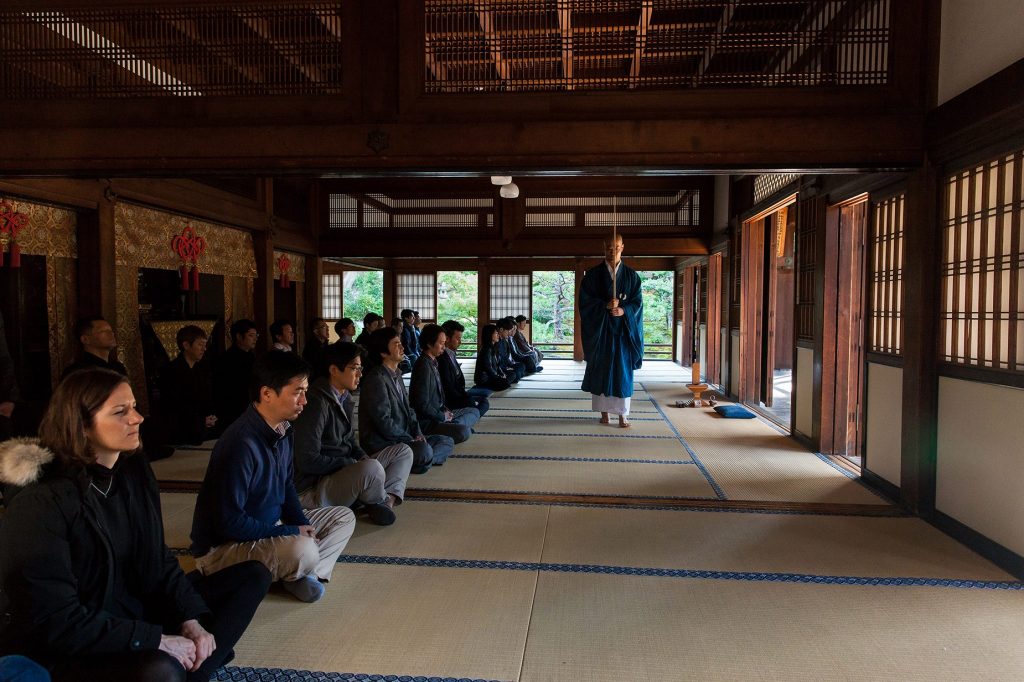
제품 디자이너와 전통 공예가가 서로를 잘 이해할 수 있을까요? 분명 그들은 그 점에 대해 불안감을 느꼈을 것입니다. 아마도 그래서 그들은 료소쿠인 사찰에서 선(禪) 명상을 시작하기로 결정했을 것입니다. 조용한 사찰의 홀에서 함께 명상하고, 센토(공중목욕탕)에 가고, 같은 식탁에서 함께 식사를 했습니다. 그렇게 두 사람의 관계는 자연스럽게 이어졌습니다. (사진 제공: 파나소닉 디자인 교토)
여러 차례 함께 브레인스토밍을 한 결과, 자연스럽게 멤버들은 서로의 친구를 찾게 되었습니다. 나카가와는 오랜 전통을 자랑하는 수제 차통 제작자의 후계자인 야기 타카히로와 함께 오랜 세월 쌓아온 전문 기술을 활용하여 팀을 이루었습니다.
차통의 모양을 보고 '차통을 활용한 스피커 제작'이라는 목표를 비교적 빠르게 세웠습니다. 첫 번째 과제는 단순히 보기에 멋진 것뿐 아니라 전통 장인 정신까지 담아낼 수 있는 방법을 찾는 것이었습니다. 스피커에 우루시 칠을 입히거나 대나무로 덮개를 만드는 것처럼 표면적인 수준을 넘어 더 나아가고 싶었습니다. 말차 차 거품기와 전자 면도기를 결합한 전자 차 거품기를 만드는 것과 같은 다른 프로젝트 아이디어도 진지하게 고려했습니다. 지금 돌이켜보면 웃음밖에 나지 않습니다(웃음)."
GO ON 멤버들은 테이블 위에서 열리는 회의에 전혀 열광하지 않았다. 나카가와 측이 컴퓨터 화면에 그려낸 아름다운 스케치들에도 거의 관심을 보이지 않았다.
"그런데, 그냥 대충 만든 모형이든 아니든, 실물, 즉 입체물을 보여주자마자 눈빛이 확 바뀌면서 열광하는 거예요. (웃음) '이게 바로 장인정신에 헌신하는 사람의 모습이구나' 싶었죠."
나카가와는 GO ON 멤버들과 소통하면서 장인정신의 진정한 본질을 발견하는 경험을 여러 번 했다고 말합니다. 중요한 것은 손의 감각입니다. 교토 공예의 깊은 존재감이 숙련된 장인의 손을 어떻게 가장 잘 활용하는지 느낀 나카가와에게는 통찰력 있는 경험이었습니다.
감성을 말해주는 장인정신으로 열린 새로운 경지
나카가와는 특히 "우리의 감각을 즐겁게 하는 것"을 중시했습니다. 예를 들어, 손바닥에 쏙 들어오는 편안한 무게감. 그저 그 자리에 두는 것만으로도 주변 공기의 느낌을 바꾸고 새로운 분위기를 조성할 수 있는 물건 말입니다. 그는 그러한 아우라를 만들어내기로 결심했습니다.
만지고, 듣고, 느끼는 것. 오감을 통해 공명을 경험함으로써 우리는 그 대상에 대한 친밀감을 느낄 수 있습니다. 가까이 두고 만지고 싶은 마음이 드는 거죠. 사람들에게 그런 감정을 느끼게 할 수 있다면, 앞으로 우리 삶이 더욱 풍요로워질 거라고 생각했습니다.
먼저, 그들은 차통의 소재로 황동을 선택했습니다. 은은한 색조와 세월이 흐르면서 변하는 광택과 색조는 황동의 매력입니다. 만졌을 때 느껴지는 촉감은 딱딱하지 않습니다. 제품의 노화를 소중히 여기는 것은 완전히 새로운 가치관이었습니다. 뚜껑이 부드럽게 미끄러지듯 내려가고 꽉 닫히는 방식은 이미 KAIKADO 차통의 트레이드마크이지만, 나카가와는 뚜껑이 열리는 속도를 더 느리게 해 달라고 요청했습니다.
"카이카도 차통을 처음 열고 닫았을 때 소름이 돋았던 기억이 납니다. 그래서 뚜껑 닫는 방식에도 각별히 신경을 썼죠. 게다가 무게감이 있으면 잡기도 편하고, 음질도 좋아질 수 있다는 생각에 차통을 만드는 판 두께를 0.5mm 두 겹에서 안쪽 0.8mm로 바꿨습니다. 0.3mm라도 수작업으로 만드는 사람들에게는 큰 변화라고 생각합니다."
나카가와와 야기는 의견이 충돌할 때도 있었지만, 더 나은 제품을 만들겠다는 공통된 목표를 가지고 있었습니다. 전자 기술과 공예의 융합은 완성 시점이 다가올수록 점차 그 모습을 드러내기 시작했습니다. 두 친구가 수많은 시행착오를 거치며 거의 1년 만에 10개의 프로토타입이 완성되었습니다. 그 노력의 결실은 2017년 밀라노 살로네 전시회에 출품되어, 베스트 스토리텔링 상을 수상하는 등 세계적인 찬사를 받았습니다.
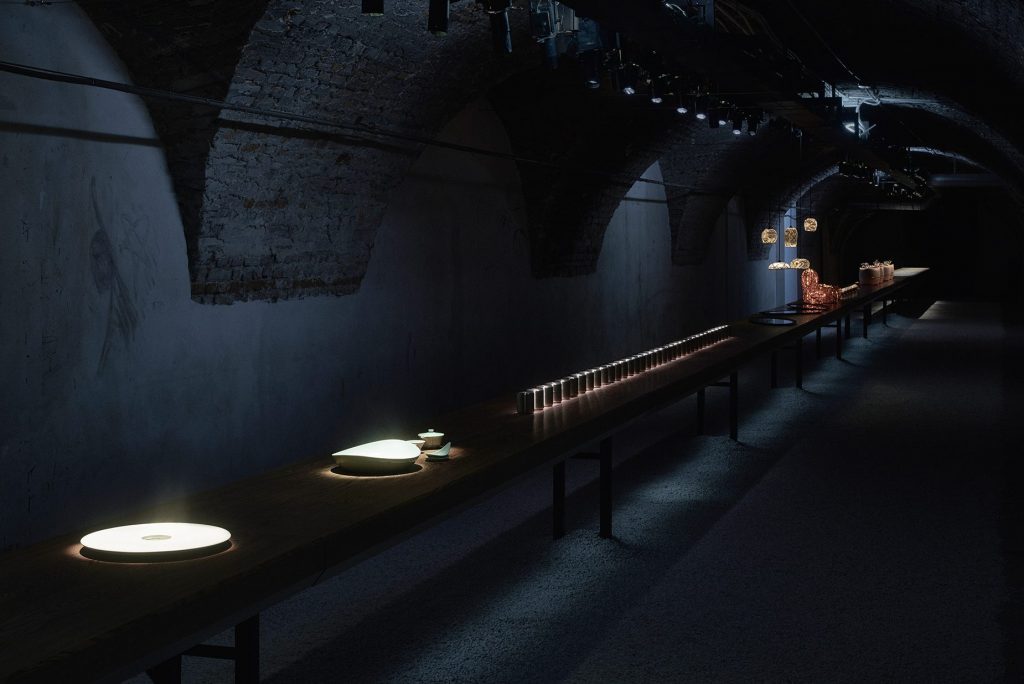
(사진 제공: 파나소닉 디자인 교토)
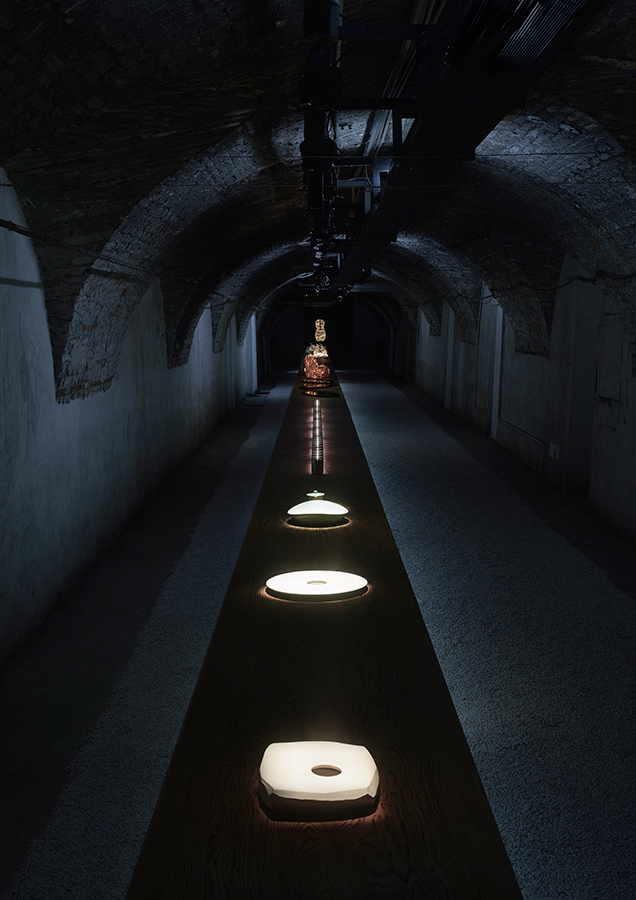
밀라노 가구 박람회 전시장. 일본 감성이 깃든 제품 디자인과 눈길을 사로잡는 스토리텔링 방식의 디스플레이는 많은 사람들의 호평을 받았습니다. (사진 제공: 파나소닉 디자인 교토)
장인정신과 전자기술: “Made in Japan”의 잠재력으로 전 세계인의 마음을 사로잡다
이후 교토 KADEN 연구실 프로젝트 팀은 두 번째 단계로 나아가 "전자와 공예의 만남: 조각 현상"이라는 새로운 콘셉트를 설정했습니다. "오감으로 공감하는 경험"을 구체화하여 불, 소리, 빛, 바람과 같은 요소를 모티브로 한 다섯 가지 새로운 학제적 세계를 창조했습니다.
놀랍게도, 그들은 이미 세 번째 프로젝트를 시작하기 위한 움직임을 보이고 있습니다. 하지만 이번에는 단순히 제품을 만드는 것에 만족하지 않을 것입니다. 나카가와는 "우리는 이 제품들을 상업용 제품으로 생산하여 고객들의 삶을 개선할 수 있는 제품을 실제로 제공하고 싶습니다."라고 강조합니다.
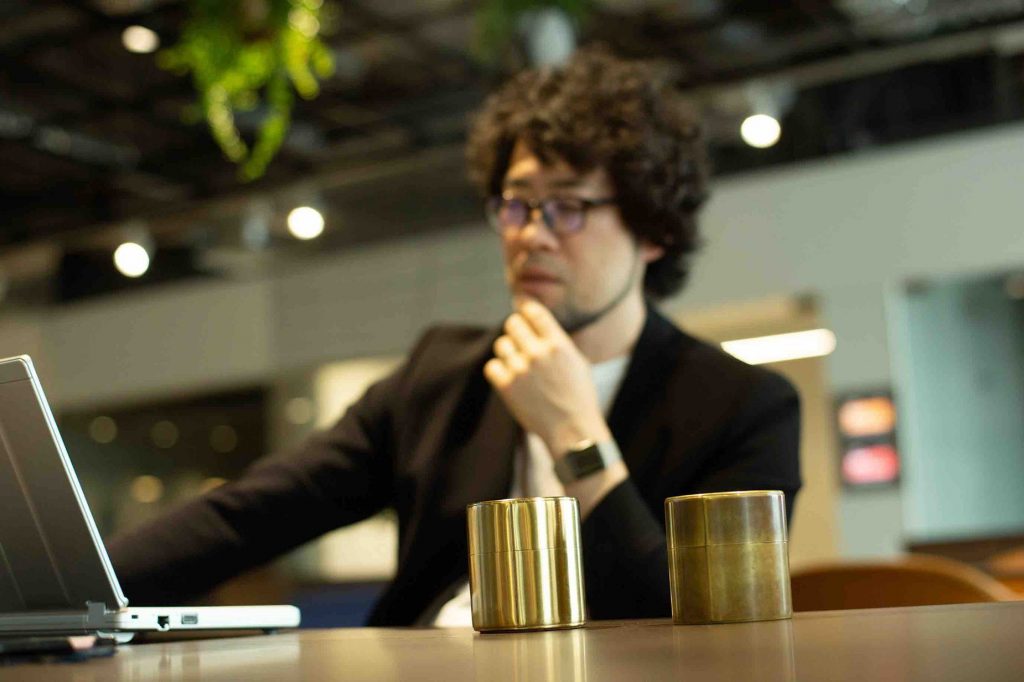
"이제 우리는 공학 및 비즈니스 분야와 좋은 의미에서 씨름해야 하는 단계에 와 있습니다. 교즈츠를 상용화하기 위해서요(웃음). 소비자들에게 우리의 영감을 최상의 형태로 제공할 수 있다면, 그것이 바로 미래 세대의 더욱 풍요로운 삶에 기여할 것이라고 생각합니다."
프로젝트 시리즈의 첫 번째 작품인 "오감으로 공감하는 제품"은 해외에서 좋은 평가를 받았으며, 글로벌 시장 진출이 기대됩니다. 나카가와의 오디오 시스템 Kyo-Zutsu는 2019년 봄경 출시를 공식 확정했습니다.
진정한 본질의 가치, 감각과 공명하는 경험, 그리고 실용적인 활용 가능성에 중점을 둡니다. 이 세 가지 요소를 모두 갖춘 아름다운 가전제품, 바로 교즈츠입니다.
교즈츠는 기능적인 아름다움을 추구하고, 이를 보호하며, 전승하고자 하는 교토의 감성을 담아 탄생했습니다. 이 제품이 우리의 일상생활에 어떤 변화를 가져올 수 있을까요? 이 제품이 우리의 일상생활에 어떤 변화를 가져올지 생각하는 것만으로도 가슴이 두근거립니다. 파나소닉 교토 디자인의 이러한 시도는 가전제품에 대한 새로운 사고방식을 제시하고 있습니다. 앞으로의 발전 방향이 더욱 기대됩니다.
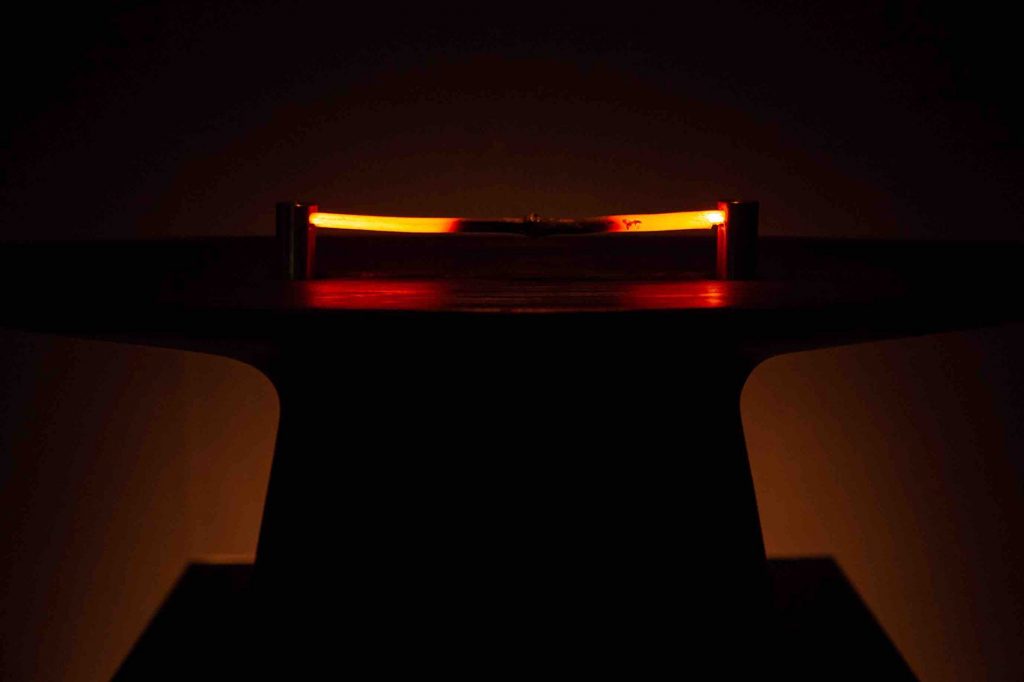
(사진 제공: 파나소닉 디자인 교토)
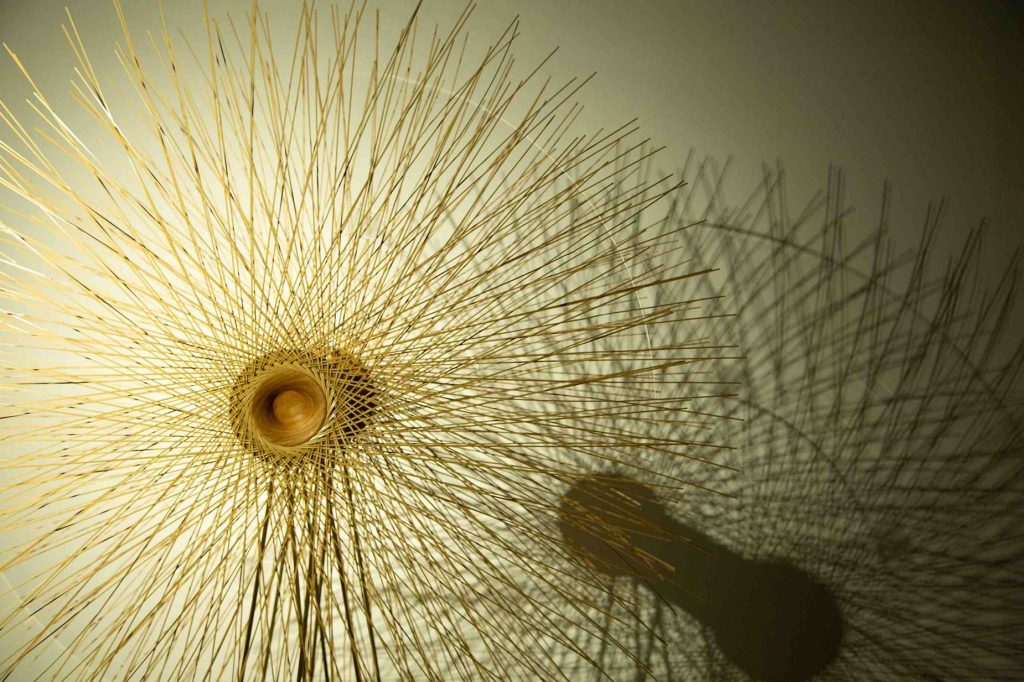
(사진 제공: 파나소닉 디자인 교토)
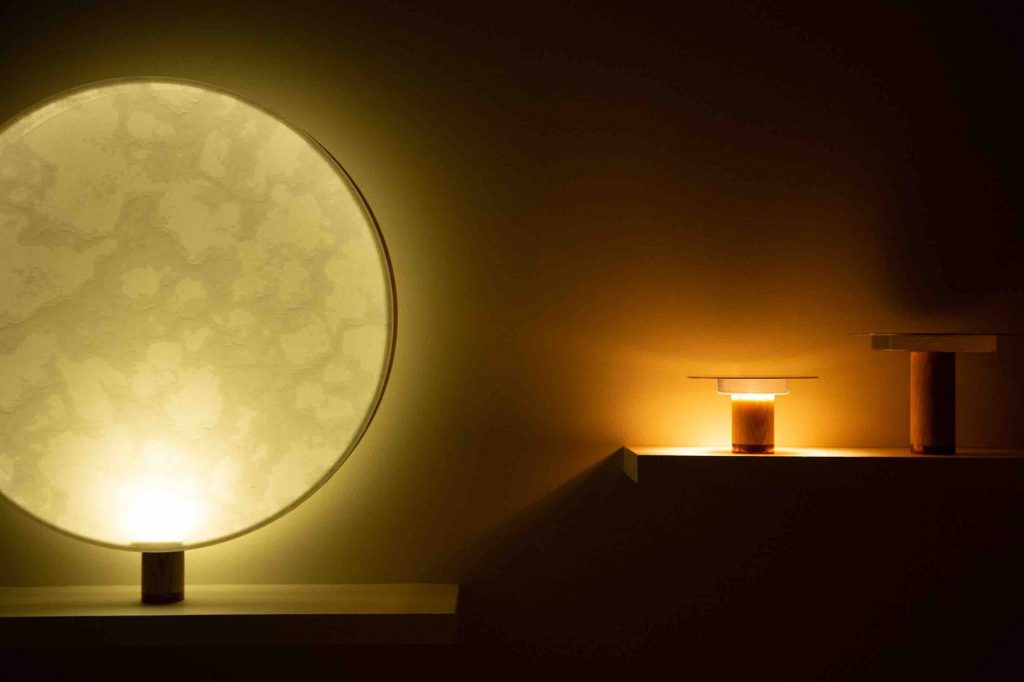
교토 KADEN Lab. Project의 "전자와 공예의 만남: 조각 현상" 시리즈의 두 번째 제품입니다. 활활 타오르는 불꽃의 따스함과 아름다움, 살랑이는 산들바람의 편안함은 태곳적부터 사람들이 경험해 온 것, 즉 우리 신체 존재의 핵심에 깊이 박힌 원초적인 감각과 기억에서 비롯됩니다. 이러한 감각과 접촉하는 경험은 "잘 사는 것"에 필수적입니다. (사진 제공: 파나소닉 디자인 교토)
보고서
MAE KOORI의 글
사진: 후쿠모리 쿠니히로
18.08.09 목 19:00


